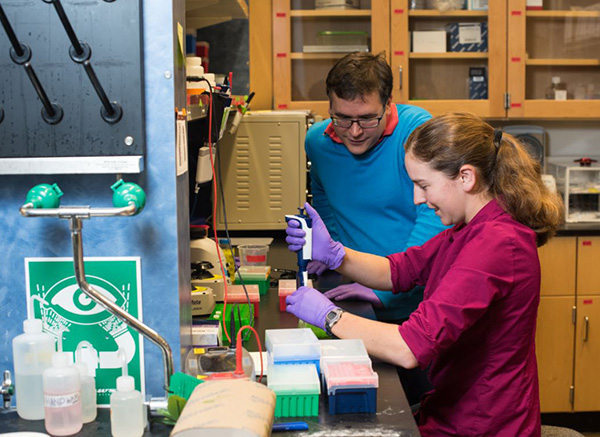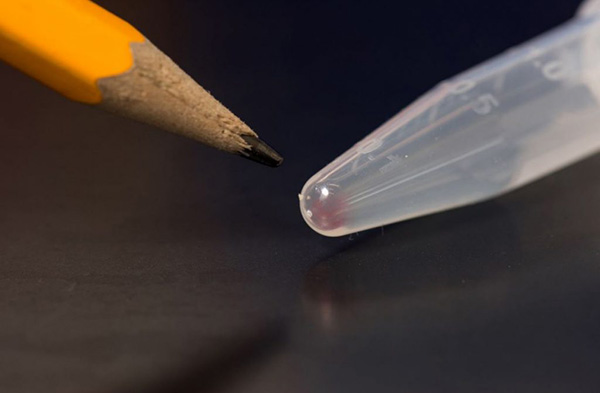Record broken: Microsoft stored 200 MB in DNA strand
7/11/2016, Milan Šurkala
Storage requirements are growing exponentially but the classic technology cannot keep pace. Therefore, Microsoft and University of Washington are trying a new storage medium, synthetic DNA strands. And they were quite successful.
The Internet is enormous and there is almost neverending amount of data that needs to be stored effectively. Classic methods starts to lose pace with the storage requirements and scientists are trying to solve that problem. One of the teams was created by Microsoft and University of Washington. They tried to use a synthetic strand of DNA to store the data.

The idea was relatively simple. Digital binary code uses 0s and 1s which can be easily represented as nucleobases A (adenine), C (cytosine), G (guanine) and T (thymine). For example, A can represent two zeroes - 00, G is 01, C is 10 and T can be two ones - 11. Microsoft and University of Washington did that and were able to store 200 MB of digital data in a synthetic DNA strand. This DNA contained the HD version of OK Go! video, the Universal Declaration of Human Rights in more than 100 languages, Crop Trust’s database on DNA strands and the Top100 books of Project Guttenberg. They were not only able to store the information in DNA, they were also able to retrieve it back.

Microsoft said that such a data can be stored in the space smaller than the tip of a pencil and that the whole Internet will fit into a shoebox. But the fight has not been won yet. Even though it is very compact and durable storage medium, it is still quite expensive and not very versatile. It is said that 3 billions letters can be stored for $1,000. Moreover, you cannot do that at home. You can send the data to the special company in digital form, they will translate them into the DNA that is created afterwards and it is sent back. We are quite far away from "DNA hard drives" that you can use in your PC. Karin Strauss from Microsoft said that these 200 MB of data looks like a little bit of dried salt in the bottom of the tube.
Source: blogs.microsoft.com, spectrum.ieee.org
.jpg)



.jpg)


